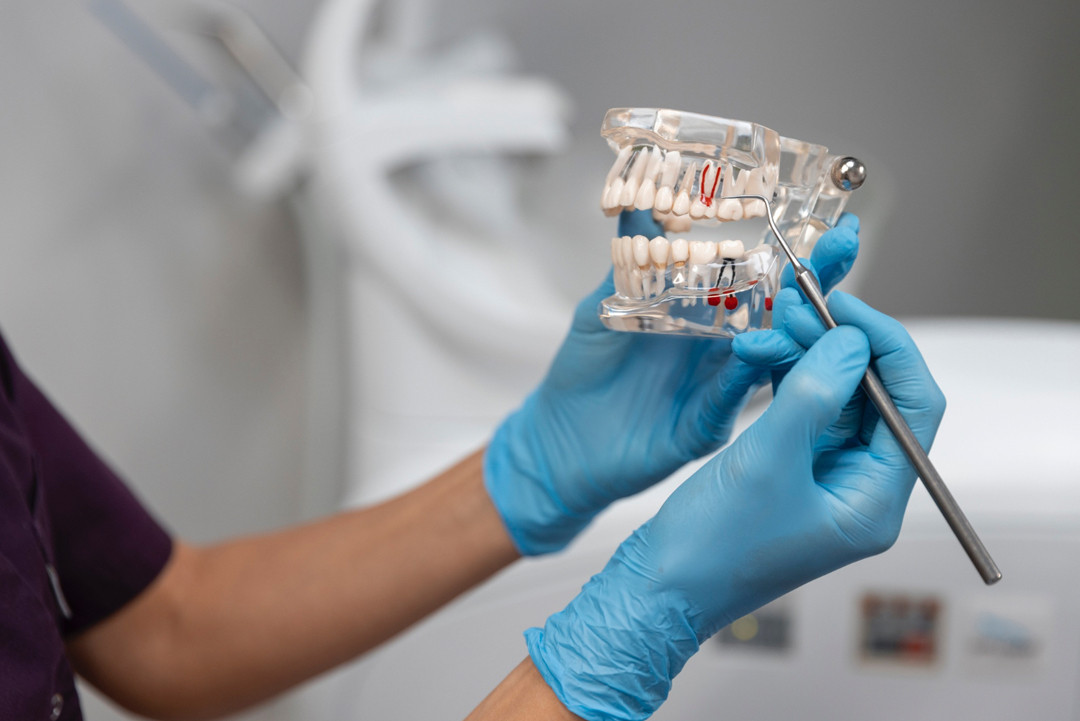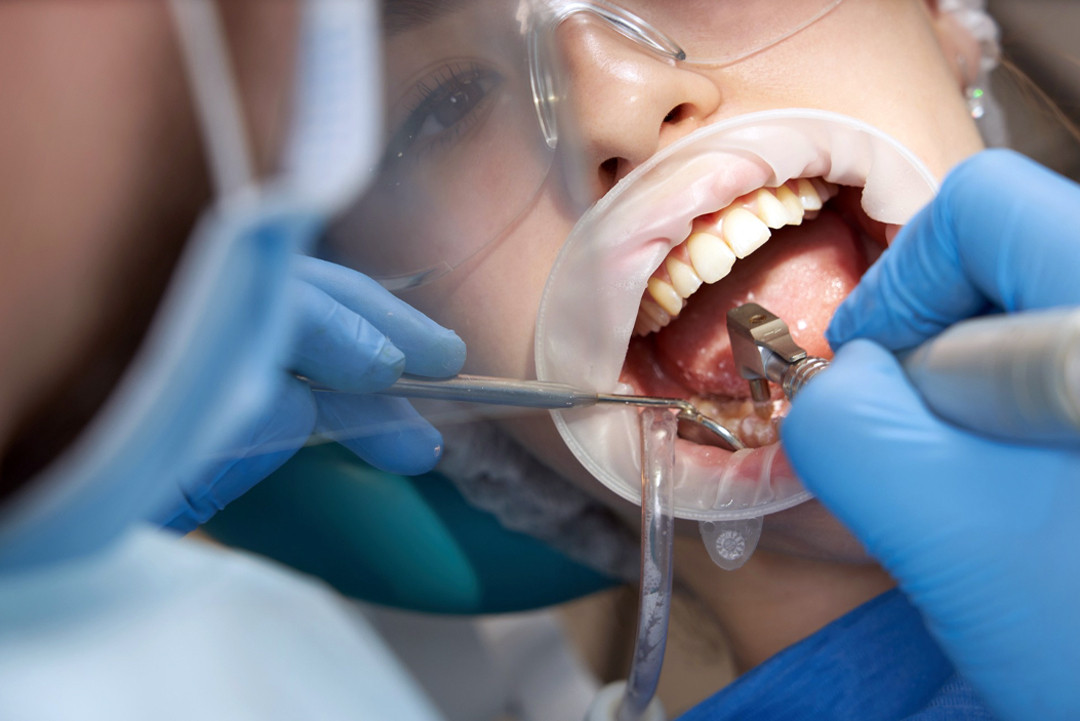Overview of Pediatric Cardiology
Pediatric cardiology focuses on diagnosing, treating, and managing heart problems in children, ranging from congenital heart defects to acquired conditions like rheumatic heart disease. This specialty employs a multidisciplinary approach involving pediatricians, cardiovascular surgeons, and healthcare professionals to ensure comprehensive care.
Diseases Treated in Pediatric Cardiology
- Congenital Heart Diseases
- Acyanotic Heart Disease: Includes ventricular septal defects (VSD), atrial septal defects (ASD), and patent ductus arteriosus (PDA).
- Cyanotic Heart Disease: Conditions with low oxygen levels in the blood, such as tetralogy of Fallot and transposition of the great arteries (TGA).
- Symptoms: Cyanosis, fatigue, breathing difficulty, heart murmurs, and poor circulation.
- Treatments:
- Medications to improve heart function.
- Catheter-based interventions like ASD or VSD closure.
- Surgical corrections, including open-heart surgery or minimally invasive techniques.
- Heart Rhythm Disorders (Arrhythmias)
- Abnormal heart rhythms requiring pacemaker implantation or ablation procedures.
- Rheumatic Heart Disease
- Resulting from untreated streptococcal infections, leading to valve damage.
- Treatment: Antibiotics, anti-inflammatory medications, or valve repair/replacement surgery.
- Pulmonary and Systemic Hypertension
- Managed collaboratively with pulmonologists and nephrologists.
- Inflammatory and Infectious Conditions
- Pericarditis: Inflammation of the heart’s outer membrane.
- Endocarditis: Infection of the heart’s inner lining, often requiring antibiotics or surgery.
Diagnostic Methods
Pediatric cardiologists use advanced tools to diagnose heart conditions effectively:
- Physical Examination: Listening to heart sounds, observing cyanosis, or checking pulse.
- Echocardiogram (ECHO): Non-invasive imaging to evaluate structural defects.
- Electrocardiogram (ECG): Measures heart rhythm and electrical activity.
- Cardiac Catheterization: Invasive imaging to assess heart function and blood flow.
- MRI and CT Scans: Detailed imaging of complex heart defects.
- Pulse Oximetry: Measures oxygen levels in the blood.
Treatment Approaches
- Medications
- Diuretics: To reduce fluid buildup.
- Beta-blockers: To control heart rhythm and blood pressure.
- ACE Inhibitors: To improve heart efficiency.
- Interventional Cardiology
- Cardiac Catheterization: Minimally invasive procedures to close defects like ASDs or dilate narrowed vessels.
- Devices
- Pacemakers and ICDs: To manage arrhythmias or prevent sudden cardiac arrest.
- Surgery
- Open-Heart Surgery: Repairs severe structural defects.
- Heart Transplantation: For end-stage heart failure.
- Fetal Cardiac Interventions
- Performed in-utero to correct defects, involving a multidisciplinary team of pediatric cardiologists and perinatologists.
Importance of Lifelong Follow-Up
Children with heart conditions often require lifelong monitoring to manage potential complications, ensure optimal growth, and allow active participation in activities like sports. Routine check-ups include:
- ECHO evaluations.
- Physical activity guidance.
- Continuous monitoring for emerging symptoms.
Early diagnosis and advanced treatment options in pediatric cardiology can significantly improve a child’s quality of life, ensuring better long-term outcomes. Consult a pediatric cardiologist for specialized care tailored to your child’s unique needs.


















